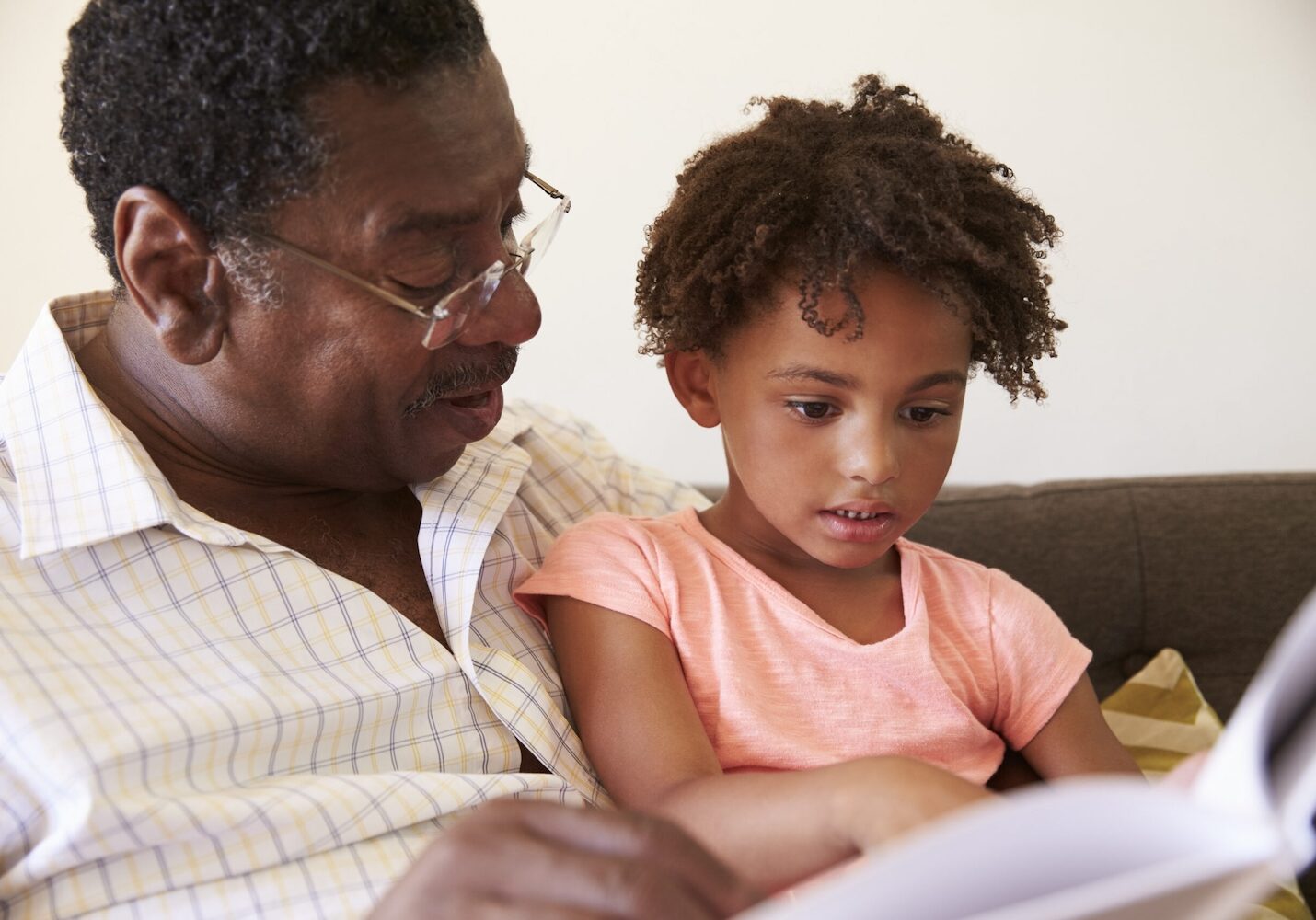Kinship Foster Care and Adoption
- October 7, 2022
- Resources

November is when we nationally recognize adoption’s significance in our country through Adoption Awareness Month. Adoption has been around for centuries, but recently, we have seen a shift toward relatives taking a more prominent role in providing children with permanency. Traditional adoption and kinship adoption have many things in common; however, there are differences that are significant.
Traditional adoption requires advanced planning, with in-depth training for the prospective parents, assessment of the family’s strengths as well as challenges, and post-adoption support. In kinship placement, a child coming into a relative’s home is not planned for and requires quick decision-making. The family assessment generally occurs after the child is placed, and too often, the family does not have the support needed for a successful placement. Many would say that parenting a child who is a relative provides the advantage that the child is already known to the family; this should make it easier. The reality is that many relative placements need more support than traditional adoption. It is essential that the relative taking on the child acknowledge that their relative-child most likely experienced trauma. Parenting this time around will feel and look quite different from their initial parenting experience. Kinship providers who are offered psychoeducation or therapy will sometimes reject the offer, viewing these resources as more of a burden rather than a support.
Kinship care can come about in a variety of ways, but it is almost always in a crisis situation. For some, kinship care is an informal arrangement that can occur between a parent and their adult child or an aunt and their niece or nephew. Parents may see that their child is struggling to parent and will step in to care for the grandchild until the birth parent can resume their duties. This informal route may lead to multiple transitions for the child. The birth parent becomes stable, and the child returns home, only to move back to grandma’s because the parent has relapsed. In some situations, the child comes to the attention of child services and is diverted to a kinship placement to keep them out of the system. The third scenario is that the state will take protective custody of the child, and the relative is the first to be asked to become licensed and be case managed by the welfare agency.
In all three scenarios, there is a level of trauma surrounding the placement of the child. A relative will experience grief and loss that their adult child is incapable of caring for their offspring. There could be a death or incarceration of a parent. The relative being asked to shoulder the new responsibility could have any number of emotions, ranging from guilt and shame to anger and resentment, that they have been put into this position. Families seeking traditional adoption have fully researched and understand the implications of taking on a child. The relative does not have the opportunity to research, much less process the full impact on their life plans.
Very often, the adult who has been asked to foster or adopt a relative will feel pressured to say yes, out of love, loyalty, and a sense of obligation to family. They may feel like they had no choice and that there was a perceived state of urgency that required an immediate commitment. If permanency is expected within the relative placement, then it is crucial to allow the family to have a trial period. The relative needs some breathing room to think about what this will look like in 5, 10, or possibly even 20 years. Dr. Joseph Crumbley, LCSW says, “Obligation may not be enough of a reason for being a kinship caregiver.” He encourages relatives to ask themselves the following two questions. “Should I and can I be a caregiver? Should I, and can I continue being a caregiver?” Dr. Crumbley concludes, “You may, in fact, be obligated to ask these questions out of your responsibility to the children.” The relative’s sense of loss and ambivalence about the responsibility put before them will impact their ability to care for the child in question. You’ve got to be okay for the children to be okay.
As people age, their life circumstances will change. Finances, retirement plans, declining health, housing requirements, and support systems will all evolve over the adult’s lifespan. It is also important to recognize that family dynamics, authority, roles, responsibilities, and loyalties will change among the kinship caregiver, the birth parent, the child, as well as other extended family members. This evolution takes time and is challenging for everyone. The relative needs to recognize that placing a five-year-old with a 75-year-old grandparent will likely result in the child enduring another transition as the grandparent begins to lose the ability to provide the necessary care. It is not selfish to say no when considering what is in the child’s best, long-term interest. Check out our new offering specifically for kinship providers in the fall training schedule.
As we celebrate Adoption Awareness Month, we would like to acknowledge the courage, perseverance, and dedication of all who have committed themselves to forming families through adoption.
